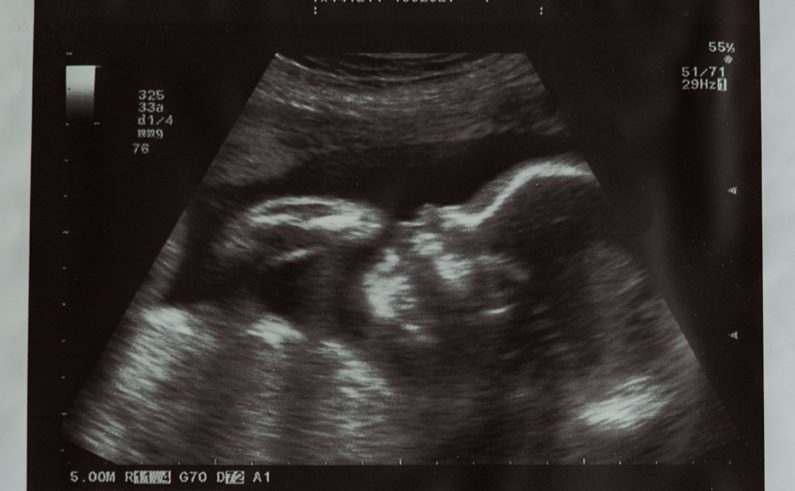When it comes to life-saving medical decisions, most people want to hear just the facts. And it’s no different when it comes to cord blood banking. Unfortunately, when you do a simple Google search on cord blood banking, you get a lot of information that may or may not be factual about the process and possibilities of cord blood banking, influencing your decisions with unreliable data. Here’s 5 Cord Blood Misconceptions debunked!
Myth #1: Treating diseases with cord blood is still in the experimental phase.
Fact: Not anymore. The first cord blood transplant was performed in 1988. Since then, 30,000 cord blood stem cell transplants have been performed and more than 600,000 units of cord blood have been stored for further transplantation worldwide. In fact, cord blood stem cells are currently used in the treatment of over 80 different blood, immune, and bone diseases. But it doesn’t end there: cord blood stem cells are also being studied for potential use in treating a variety of diseases that currently have no cure, such as cerebral palsy, Autism, hearing loss, and type 1 diabetes. In short, cord blood banking is well past the experimental stage.
Myth #2: Collecting cord blood can affect the birthing and delivery process.
Fact: Not at all. Cord blood is collected after the baby is born and the umbilical cord has been clamped and cut. This blood is normally discarded after birth. And it won’t affect the normal birthing process either, whether you have a vaginal delivery or a C-section. Overall, cord blood collection is painless, easy and safe for both the mother and the baby at all times.
Myth #3: If our child gets ill, it’s unlikely they would be able to use his or her own cord blood.
Fact: More than 10,000 stem cell transplants using a person’s own cells were performed in the U.S. last year. Not only can your own stem cell transplants be used to treat certain non-genetic diseases and cancers, a person can use his or her own cord blood cells to help reconstitute their bone marrow after, for example, chemotherapy treatment.
Myth #4: If we donate our baby’s cord blood to a public bank, we can access it, if needed it in the future.
Fact: A few weeks ago, we shared an article on the differences between public vs. private cord blood banking. There are some big differences to be aware of when making the choice. To summarize, you won’t have the same accessibility, control, and success rates by banking at a public bank as you would at a private bank. The free cost of banking at a public bank is appealing but if you’re looking for long-term control and increased chance of success, a private cord blood bank guarantees greater accessibility in the future.
Myth #5: All cord blood banks are the same.
Fact: Private cord blood banks can vary widely in terms of quality, cost, location and experience; in fact, not all private cord blood banks are FDA-approved and AABB-accredited. One of the biggest differentiation among cord blood banks is the price. Although nearly all private banks charge a flat fee to get started, many charge an additional storage fee annually to store samples. Maze Cord Blood happens to be one of the lowest-priced options among all FDA-approved and AABB-accredited cord blood banks with no annual storage fees and a $50,000 Quality Product Guarantee.

